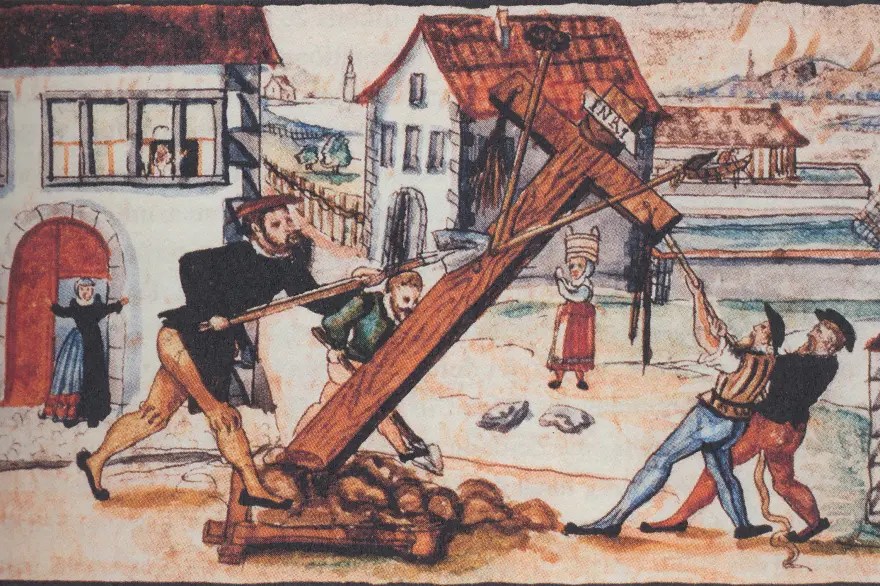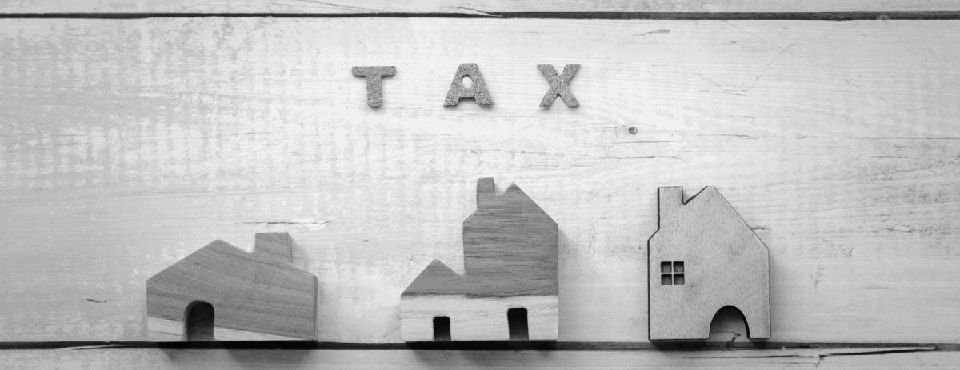Every piece of equipment in a workplace holds responsibility. Some are silent workhorses, grinding away day after day. Others are more temperamental, prone to quirks and glitches that could mean trouble if left unchecked. PUWER inspections step into this reality, ensuring that all machinery—not just the obvious culprits but every tool—meets strict safety and performance standards.
The Provision and Use of Work Equipment Regulations (PUWER) 1998 might not sound thrilling, but its purpose is anything but dry: it’s about protecting lives. Those inspections give you a way to keep people safe, operations smooth, and machines from becoming liabilities. It’s not some distant regulatory checklist. It’s grounded in the day-to-day realities of using equipment that, when neglected, could hurt someone or grind productivity to a halt.
Here’s where it gets interesting. A PUWER risk assessment is the detective work behind the inspection. It investigates the risks lurking beneath the surface. That guard missing from a circular saw? It’s flagged. The braking system on a forklift that’s started acting up? It doesn’t go unnoticed. Every potential hazard gets mapped out so that it can be fixed before it becomes a real problem.
You’re not just preventing disasters with these inspections; you’re setting the stage for efficiency. Equipment that’s safe and maintained is the equipment you can trust. And in business, trust in your tools is everything.
Publisher: Source link











